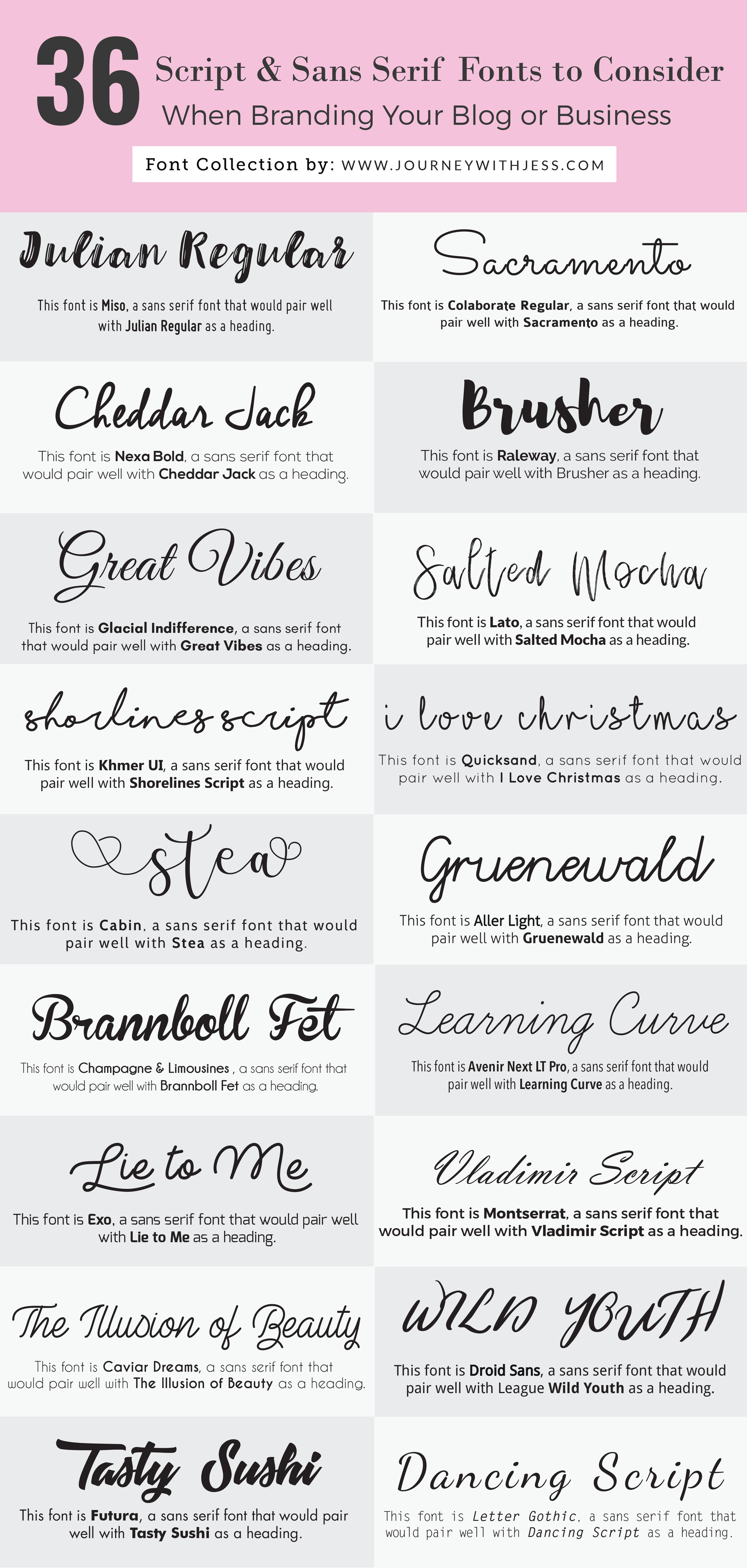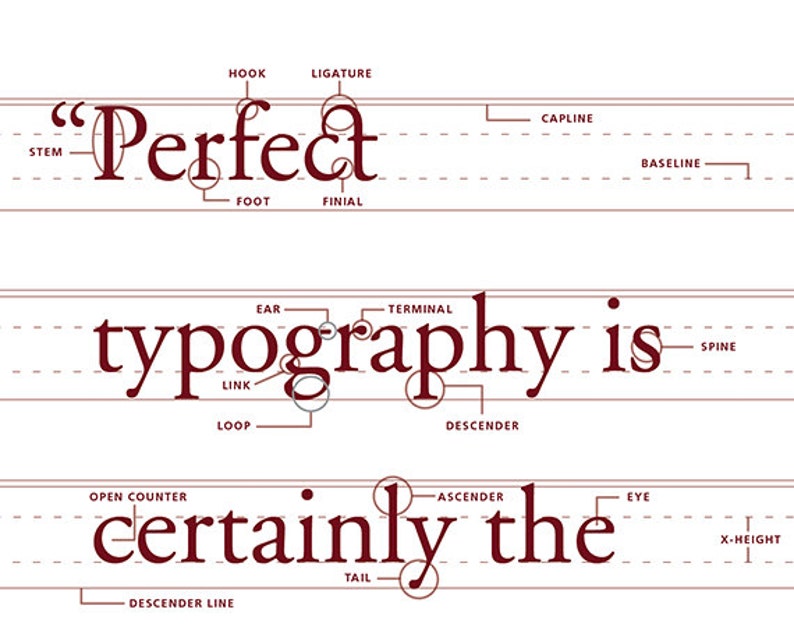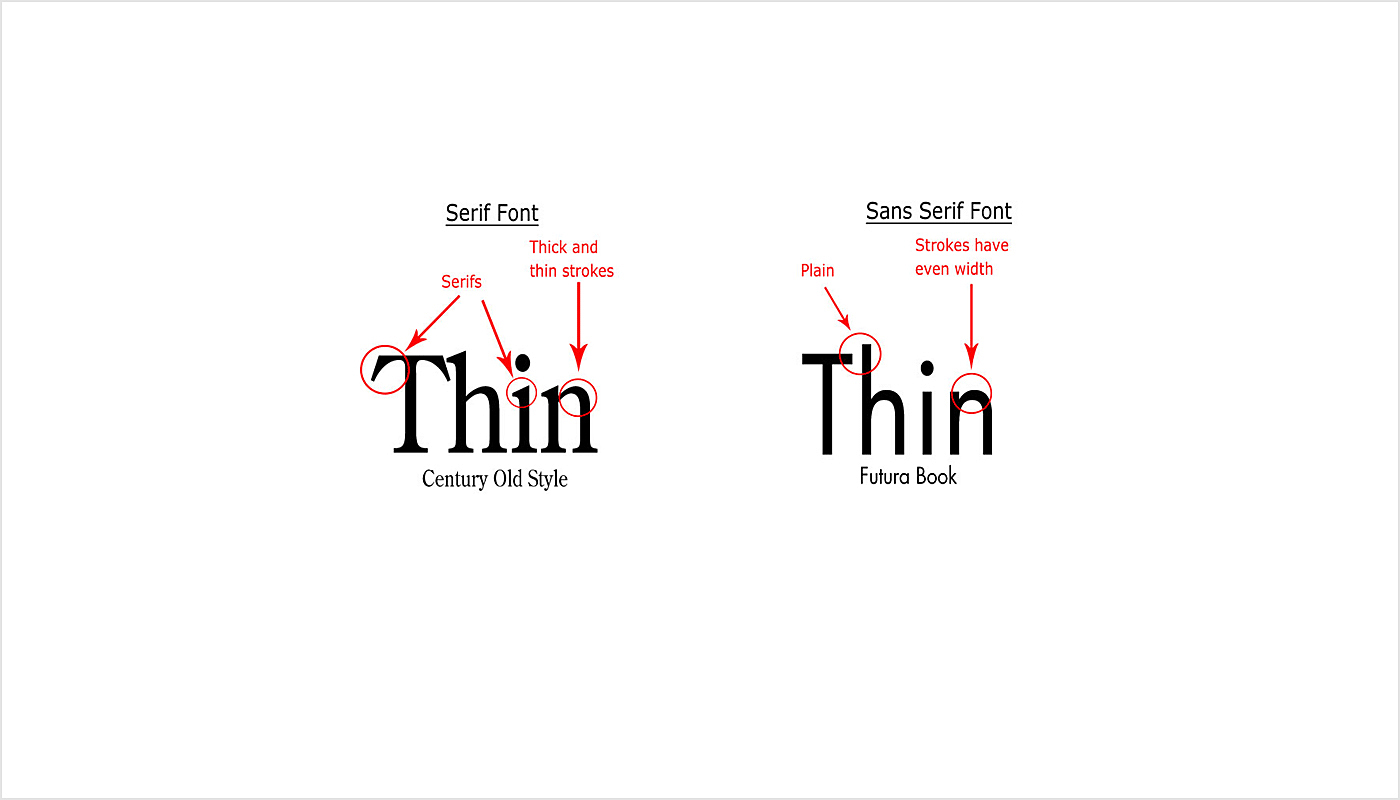

This changed the publishing industry as newspapers could have morning and evening editions. Linotype was the next major innovation in type, which cast lines of type instead of individual letters that had to be handset.Movable type allowed people to set fonts, adjust spacing between them, and even do kerning.Lots of terminology has remained from earlier systems. Historical processes inform modern processes in a big way.If you understand how things were made in the past, you know why they are the way they are today. It’s really important to understand the history of your craft.This overwrites the kerning the designer set. Optical sizing means creating different faces for different display sizes to make them more legible.Spacing letters in a script font, requires redrawing, you can’t just add more padding.FontLab is what everyone uses but complains about. There are only a few tools for making fonts.A letterer can fill in the blanks in a script typeface, adjust it to fit better, or recreate parts of it. Script typefaces tend not to come in multiple faces because they are so limited use.Calligraphers practices to write quickly in a variety of styles. Lettering is drawing and calligraphy is writing. You want to show people the kind of work you want to be doing. Don’t put things in your portfolio that you don’t want to do.So you can put yourself in other people’s shoes. To be a really good tour guide, you need to remember what’s it like to be new to something. Be a specialist professionally but a generalist in life.Here's my notes from her talk on Upping Your Type Game: She also shared some practical tips for working with type online.

(I f a script font does not fall clearly in only one style group, then it is shown more than once, in order to make finding it more likely.In her presentation at An Event Apart in Washington DC 2012 Jessica Hische talked about the impact of lettering and typographic history on Web type today. Each style is defined to explain how I would decide that a script font belongs in that style group. Here are my proposed groupings of Script styles. A font may be shown in more than one style group, if it is not clearly a member of just one group. There may be more than one style group in each of these rather broad categories. The complete Script Font Identification Guide consists of this Introduction, then a Status Pagewhich gives the Guide's current numbers for Script Fonts (both in the List and shown in the Guide), followed by fourteen parts that divide the script faces in keeping with my website's Formal, Artistic, Casual, Elegant and Strange ( F.A.C.E.S.) categorization scheme. Without their help, this Guide would not be nearly as complete or accurate, and I thank them all for their generosity and enthusiasm for this project. Last, but by no means least, the Reference List identifies the person (or persons) who supplied a sample to illustrate that font. Every attempt has been made to accurately reflect the true name of the originally created typeface, if it was known.

If there are other fonts that are identical in appearance, they are listed under the heading of "Aliases/Look-Alikes".
Script typeface parts code#
It also gives a code for at least one supplier of the font. The list contains the name of the designer of the typeface and the year it was designed. There is also a companion Script Font Reference List, also known simply as the List, which lists all the fonts shown in the Guide in alphabetical order. A few samples may have been scanned from books I have listed among my "References" and also from provider's font samples. Most of these font samples are from my own collection of fonts, but many of these font images were generously provided by other members of the newsgroups.
Script typeface parts free#
( I also provide a free font ID service, if what you are looking for isn't in these samples.) The reason for creating this Guide is to help answer some of the many font ID requests on newsgroups comp.fonts and by people looking for a font like one of these. For the purposes of this Guide "Script" will refer to any font that has the appearance of being lettered by hand, whether done by stylus, quill, pen, brush, pencil, marker, felt-tip, crayon or chalk. Because the term "Script" is used to cover such a wide range of styles, my first goal is to devise easily recognizable script style groups that will make the searches easier by narrowing the scope of each search to styles that are all relatively similar. This Guide is presented to help in the identification of the many script typefaces that are currently available. Script Font Identification Guide - Introduction


 0 kommentar(er)
0 kommentar(er)
